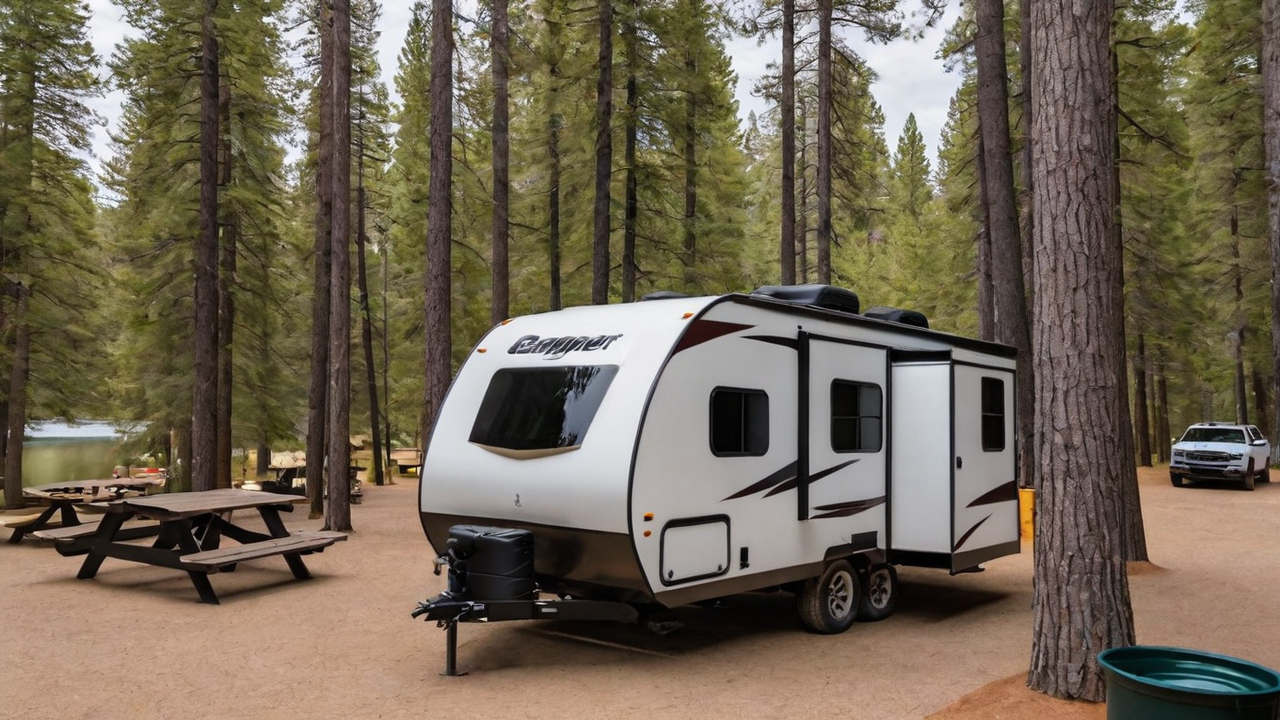Designing the Supreme User Interface: Designing Principles for Campground Programs
Designing the Supreme User Interface: Designing Principles for Campground Programs
Blog Article

Comprehending The Audience
Understanding who the intended users are crucial in designing an effective user's interface. It is essential to take into account the needs, likes, and tech competence. This knowledge guides every design choice, ensuring that your software becomes user-friendly and easy to use.
Understanding your users also implies recognizing the obstacles and how they intend to use your campground software. It enables the designers to tailor functions and functionalities that address specific needs, therefore making the application not only useful but also essential.
Simplifying the Navigation System
Simplifying your navigation is a critical component of user interface designing. A straightforward navigation structure guarantees visitors can quickly locate what they're looking for, cutting down frustration and improving satisfaction levels. It's about the user journey through the software as smooth and effortless as possible.
Additionally, effective navigation leads visitors through your application, showcasing functions and tools that they might otherwise would overlook. Such an approach not only improves user experience but also encourages deeper interaction with the campground software full array of capabilities.
Incorporating Premium Visuals
Graphics have a crucial role in making a engaging UI. Visuals help in breaking up monotony and can demonstrate features more clearly than words alone. Selecting the appropriate images, icons, and color schemes can improve the overall aesthetic of the application, making it more attractive to the eye.
Moreover, visual consistency is crucial for establishing brand identity and trust amongst your users. Each component ought to be in harmony with the brand’s values and the mission of your software, leading to a seamless experience that is both professional and inviting.
Enhancing Responsiveness
In the current tech world, users expect camping programs to be responsive on all platforms, from desktop computers to smartphones. A responsive interface ensures that regardless of what screen size, the software offers an uncompromised user experience. This not only boosts usability but likewise caters to the users’ on-the-go lifestyle.
Additionally, enhancing the responsiveness could result in better performance, decreasing the loading time and avoiding frustration. Users appreciate a quick and smooth interaction when accessing campground software, which makes speed a vital aspect in user satisfaction.
Enhancing the Search Functionality
Searching for information quickly is crucial in any kind of application, particularly in campground management. Optimizing the search functionality enables visitors to effortlessly find what they're looking for, which improves their satisfaction and productivity. By smart search capabilities, you can reduce the frustration and improve general satisfaction.
Moreover, advanced search options like filters and tagging can aid in narrowing down search results, making it search process even efficient. Implementing these features shows an understanding of your user’s needs and an effort to enhancing the user’s experience with the campground software as smooth and productive as possible.
Prioritizing Security
Protecting user information must be non-negotiable when coming to developing campground programs. Your users expect to feel safe when entering their personal information. Ensuring robust security measures not only protects the data but also builds a sense of trust between your customer and your company.
In addition to standard protections like strong passwords and data encryption, it's important to consider integrating sophisticated options such as two-factor authentication or biometric security logins. Such measures provide additional layers of protection, further ensuring that customer information is held secure from unwanted access.
Utilizing User Feedback
Feedback is vital for ongoing improvement of the campground software. It allows the developers to see what is working, what doesn’t work, and how their application can be enhanced to better meet the user’s expectations. Actively seeking this type of feedback establishes an open dialogue between your customers and the team, making them feel they are part of the software’s evolution.
Using this feedback into account can result in noticeable enhancements in UI design and overall user experience. Implementing changes based on actual feedback proves that your brand listens to its customers and is dedicated to providing a top-notch product.
Maintaining Simplicity
In UI design, the principle of simplicity is fundamental. An unnecessarily complicated interface can overwhelm users, resulting in an negative UX. Simplicity, on the hand, makes the software easier to understand and navigate. It promotes more engagement and satisfaction.
Furthermore, maintaining the simplicity should also apply to the content and features. Avoid superfluous functions that do not add value can ensure that the UI remains sleek and focused on the click for more core requirements of the users. By, you design a more streamlined and efficient user experience that resonates with the audience.
Report this page